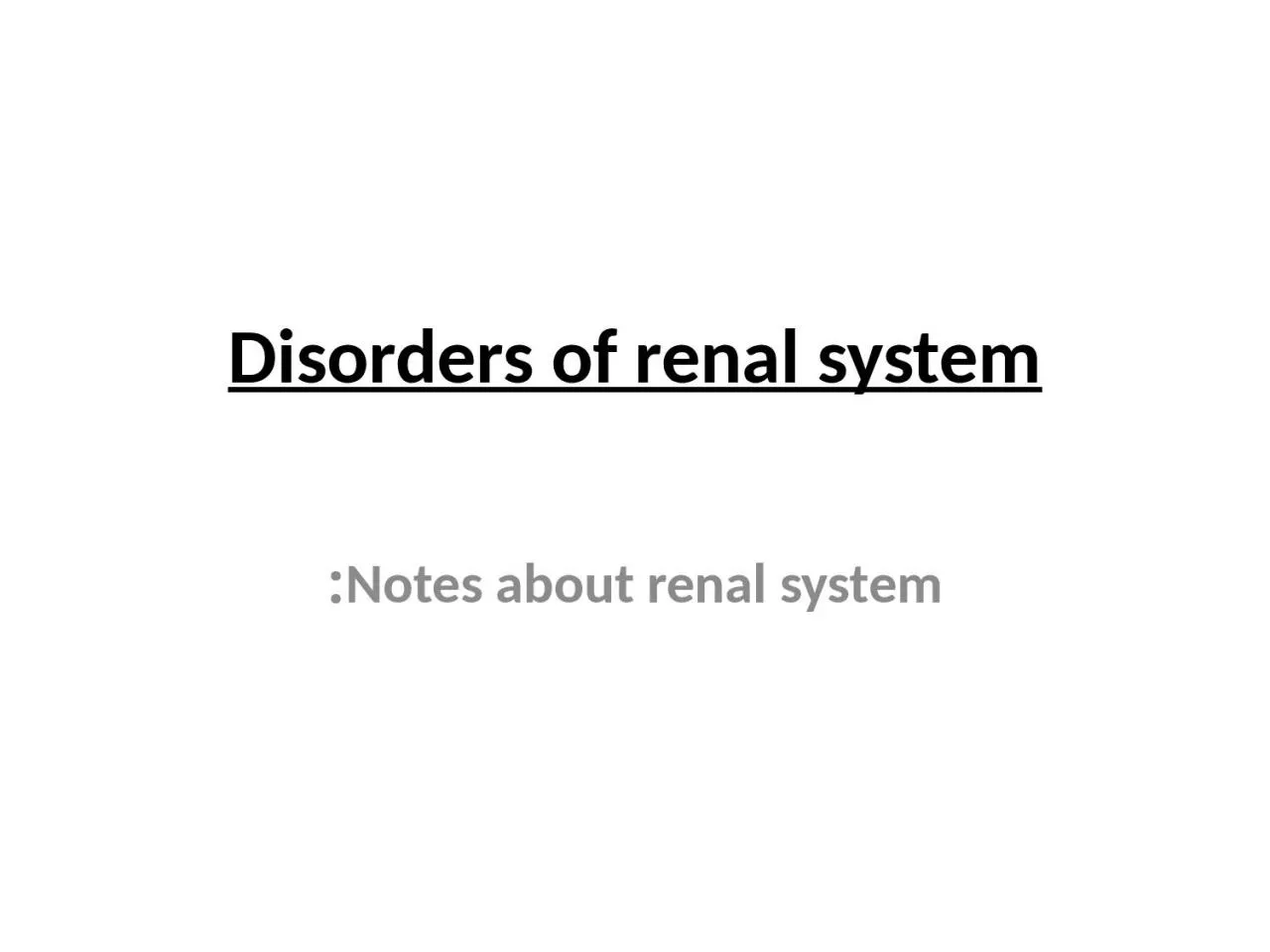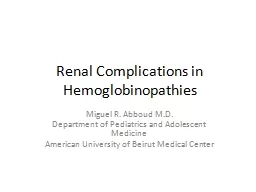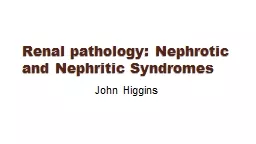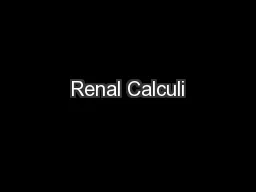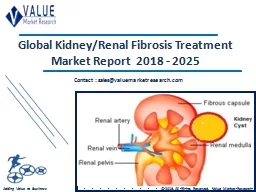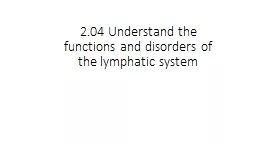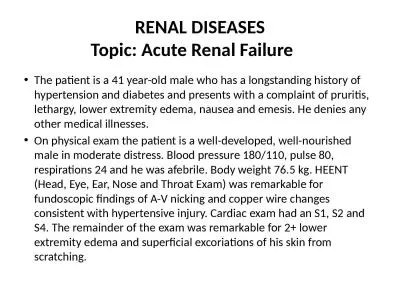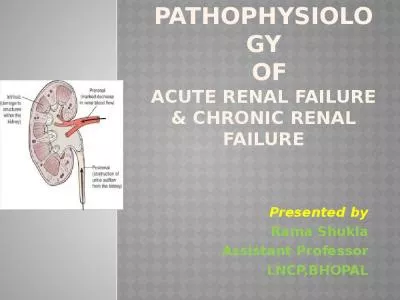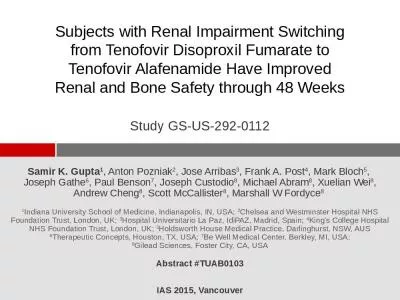PPT-Disorders of renal system
Author : audrey | Published Date : 2023-11-18
Notes about renal system 25 of cardiac output goes to kidneys Kidney is a multilobular structure composed of up to 18 lobules each lobule composed of nephrons
Presentation Embed Code
Download Presentation
Download Presentation The PPT/PDF document "Disorders of renal system" is the property of its rightful owner. Permission is granted to download and print the materials on this website for personal, non-commercial use only, and to display it on your personal computer provided you do not modify the materials and that you retain all copyright notices contained in the materials. By downloading content from our website, you accept the terms of this agreement.
Disorders of renal system: Transcript
Download Rules Of Document
"Disorders of renal system"The content belongs to its owner. You may download and print it for personal use, without modification, and keep all copyright notices. By downloading, you agree to these terms.
Related Documents

